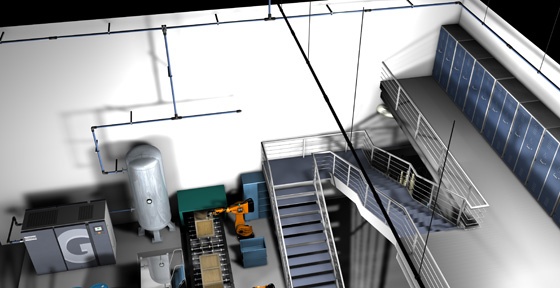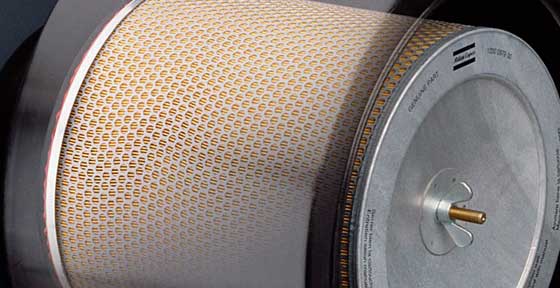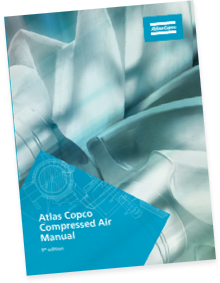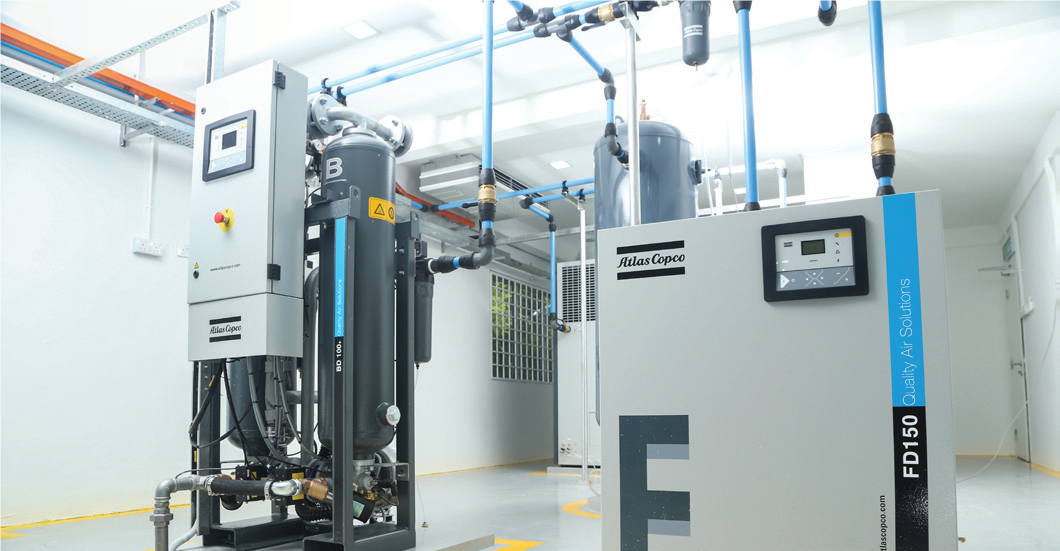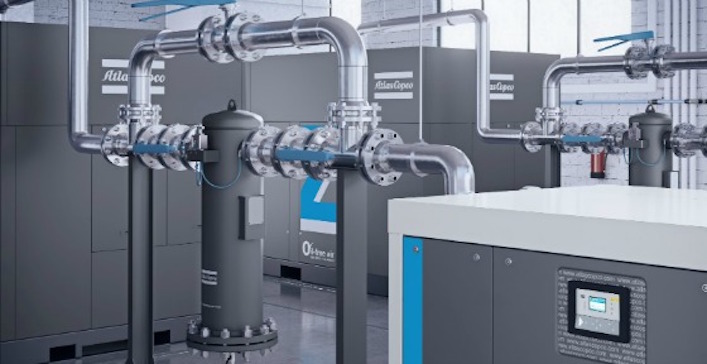Just like the air conditioners in our homes, compressed air systems are outfitted with filters to capture air impurities. But the filtration principles, engineered specifically for compressed air, are a bit more advanced than your average home air filter.
Originating from the intake air, installation or the lubrication of the compressor element, dust or oil aerosol particles contaminate compressed air and must be removed before the air is used in its intended process. Therefore, filters are installed after the compressor.
Inside the filter is a layer of filter media, made up of glass fiber layers distributed randomly and oriented in all directions. If contaminant particles are larger than the openings between the fibers, they will be separated from the air stream mechanically, like a soccer ball that gets caught in the net of the goal. This process is called “sieving.”
While sieving works for particles that are larger than 1 mm, most contaminants are much smaller than the spaces through which the air flows. In order to remove these tiny particles, three different filtration mechanisms come into play.
When particles are on the relatively larger end of the spectrum, inertial impaction occurs. Due to inertia, the heavier particles do not follow the air stream but rather flow through the media in a straight line until they collide with a fiber and are separated from the air. When particles are light enough to follow the stream line of the air flowing through the media, but the radius of the particle is larger than the space through which it should flow, the particle hits the fiber. This is known as interception.
The third mechanism, diffusion, occurs with particles that are so small that they do not follow the stream line of air, but rather move erratically through the media due to collisions with gas molecules, also known as Brownian motion. Smaller particles have more freedom of movement, making the particles more likely to hit a fiber and be removed from the air. This mechanism becomes increasingly important with smaller particle size and lower air velocity.
The calculation of filter efficiency takes into account all three mechanisms. Therefore, filters are engineered to meet both high filtration efficiency and ISO air quality standards. And quality air leads to many benefits including less ongoing maintenance, energy efficiency and of course, cost savings.
Learn more about the filtration process—request a free copy of Atlas Copco's Compressed Air Manual.
